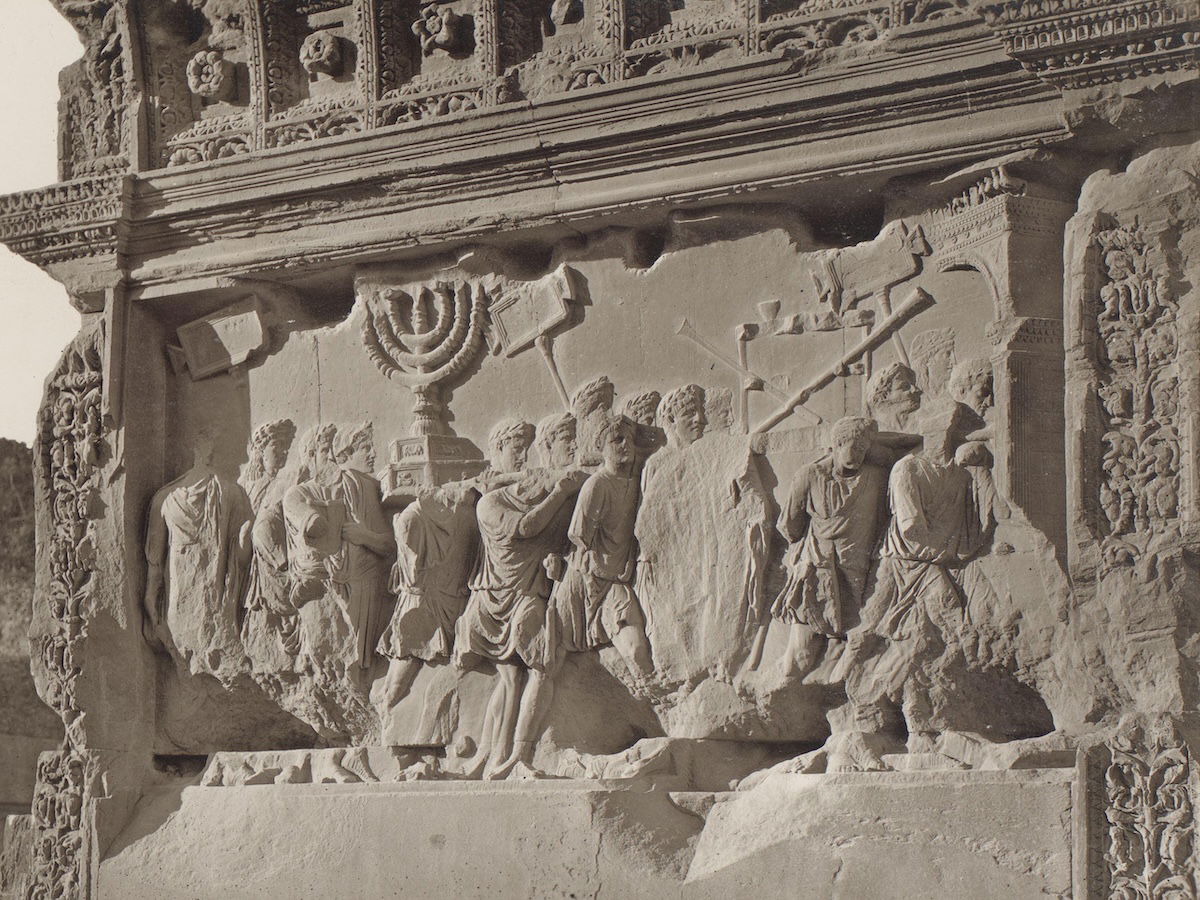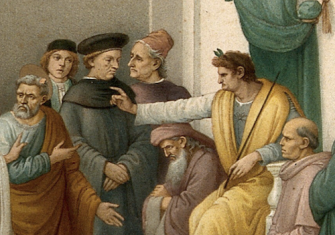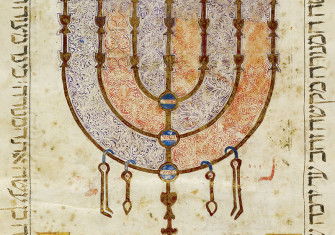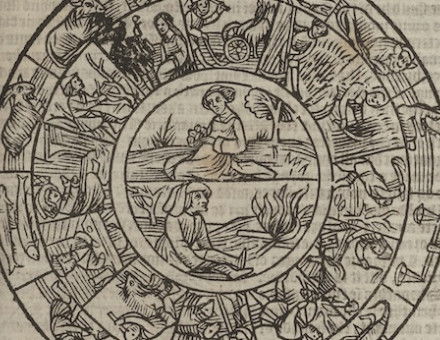Jerusalem Burning, AD 70
When Roman forces burned the Temple in Jerusalem in AD 70, the Flavian dynasty thought it had defeated the Jewish god in the name of Jupiter. It was mistaken.

The Roman general Titus was napping when the news came. His soldiers were inside the walls of the Temple compound in Jerusalem. Rousing himself, Titus rushed to the Temple. After months of frustrated fighting beneath the scorching summer sun he found himself a few feet away from the doors of the Temple building itself.
The outnumbered Jewish rebels had spent the last of their energy defending themselves but could not hold out any longer. The Roman troops slaughtered Jewish soldiers and civilians indiscriminately. It was only the Temple that Titus cared to spare, as he had told his generals the day before.







